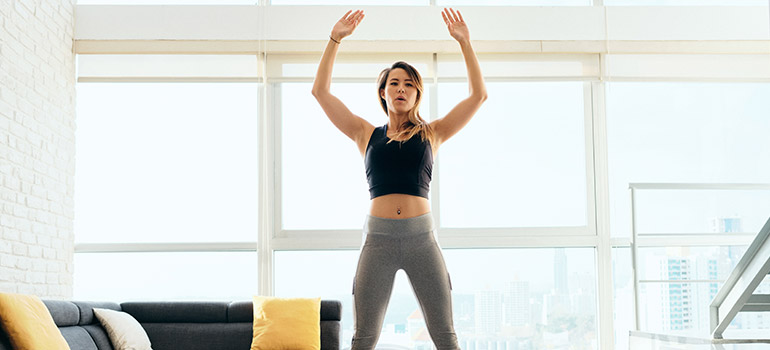Remember when you were a kid, and that new pair of shoes had you jumping higher and running faster?

Has the magic gone out of your shoe buying and wearing? When it comes to footwear, the options can seem overwhelming. Let me take you on a journey of my years of education and experience, training, exercising, and living my best life in shoes that lend to performance, comfort, and style!
Through the years, I have spent countless hours in the gym, on the field, and on trails. Now, as a Personal Weight Loss Coach and expert trainer, I know that each athlete and client has specific needs based on their goals, training style, anatomy, and more. I always consider a person’s individual needs when it comes to footwear, and I often advise clients in that area.
Whenever a client comes to me with soreness, injury, or pain from exercise, the first thing I ask about is their footwear. Many of us take for granted how important this piece of athletic wear can be.
We’ll often put far too many miles on our shoes, and neglect to replace them, or we choose either one shoe for all activities or the wrong shoe all around. Sometimes it seems we suffer when we decide to exercise and move more, but that does not have to be the case. With a little work on the front end, you will be pleasantly surprised at what the appropriate footwear can do for you.
Depending on the type of activities you are going to do (and your personal preferences), you may have several pairs of exercise shoes.
Let’s first discuss the common types of footwear available.
Types of Women’s Exercise Shoes

You don’t have to have a closet full of shoes (unless you want to, of course) to have what you need for activity, comfort, and style.
You do need to have one pair of high-quality cross trainers, and if you are looking for one pair of shoes to serve all purposes, it’s especially worth spending the time to find the right fit and type. You also need to be willing to pay a bit more on a high-quality shoe that will last.
Just because your personal trainer or your best friend loves a certain shoe, that does not mean it will be the right fit for you. When considering shoe type, you should start with the kinds of activities that you want to do, then consider your unique needs (such as foot size and shape, foot strike, gait and pronation).
If these terms seem like a foreign language to you, you can use a tool like the Runner’s World shoe finder.
If buying a shoe from a quiz online without trying them on makes you nervous, take your shoe-finding mission to the closest running store and talk to an associate who knows their stuff.
If the salesperson isn’t an expert on this topic, go somewhere else! These types of retail locations are likely to have employees with more knowledge on types of sneakers and uses based on needs than a general sporting goods or department type store.
Runners don’t mess around when it comes to their shoes, and you can gain knowledge from them no matter what activity you are looking to do.
Women’s Running Shoes

Running shoes, like all shoes, should be chosen for the function and comfort of the runner.
Sometimes you will have to sacrifice aesthetics, so I recommend letting go of the need to have the “coolest new shoe” on the market and take comfort in knowing that you’ll be running pain-free for miles on end with the right choice.
One of the most important factors in a running shoe is cushioning, and like all things shoes, each runner may prefer a different level of cushion.
Other factors to consider are a shoe’s stability features, flexibility, and energy return.
A shoe’s drop is the difference between the heel and the forefoot measurements, or how much your toes drop below your heel. This is important because a higher drop can lead to more heel striking, which you may or may not want depending on your needs.
It’s important to note I do not recommend running shoes as a great everyday footwear choice.
They are not often ideal for foot position and contact in activities like weightlifting or bodyweight exercise. They may also be cumbersome in group fitness or dance, and are best for road or treadmill running or walking.
Here are a few of my favorite road running brands to get you started on your search for the perfect running shoe:
Women’s Trail Running and Hiking Shoes

You may think you can take your favorite road shoe and bring it on the trail with no problem, but I am here to tell you firsthand that a trail shoe can make a world of difference.
It is also my experience that a trail running shoe IS NOT ideal for road running or treadmill running.
Trail running can be significantly more unpredictable and rugged. You may need a shoe with more support and less cushion than on the road. In my opinion, the biggest “it” factor in a good trail shoe is grip and tread.
A shoe’s ability to help you maintain stable footing on unstable terrain can make a significant difference in your confidence, pace, and enjoyment of a trail run or hike. Here are a few of my faves:
Women’s Gym Shoes

An excellent gym shoe should be versatile and comfortable.
It should be able to take you from a Zumba class to a heavy deadlift with a few sprints thrown in there.
These should be your go-to shoe, a high-quality cross trainer with the right fit and comfort level as your number one priority (with maybe a little stylish flair thrown).
I have spent a lot of money and a little money on a cross trainer and been equally satisfied. To me, a gym shoe should be your jack of all trades shoe that you can hang out all day in and out of the gym.
You can hit the treadmill for a run even if you forget your runners and not suffer the next day. They should have a flat sole, with minimal tread and drop, enough to keep you stable (but not so much that you get caught on matted floors).
This is not a running shoe, but it is a shoe you can run in, and also lift, dance – you get the point.
Here are some of mine and my clients’ favorites:
Women’s Crossfit Shoes
A Crossfit shoe is just another version of a great cross trainer. In my opinion, this is simply a different market for sneaker companies. Because cross fitters are doing so many different types of activities, you can see the need for a great all-purpose supportive shoe like the above gym shoes. So, if you want to look the part when you walk into your box, here are a few brands that have Crossfit-specific shoe lines :
Women’s Weightlifting Shoes

If a running shoe is created to absorb impact, a weightlifting shoe should serve a much different purpose. Rather than absorbing force, a weightlifting shoe will help you use all the power your body produces to move weight. The more force you can produce, the more weight you can move.
Weightlifting shoes have a raised heel, and this allows you to squat into a deeper position through increased ankle range of motion. The lifted heel also allows you to activate far more of your musculature to send that bar upwards.
Weightlifting shoes are also more stable than your typical sneaker, not just underfoot, but around your foot. This ensures you have a strong and consistent base to land on, push through, and push out into. These are not your every day around the gym shoe, but if your goal is to move more weight, you may want to consider adding this type of shoe to your collection.
Most of the big shoe players I already mentioned are in the weightlifting game (Nike, Reebok, Adidas, etc…), but here are a few good brands we haven’t mentioned yet:
Women’s Minimalist Shoes

We’ve all seen them- the weird toe shoes, or the funky-looking sandals. The popularity of minimalist shoes peaked about ten years ago, but there are still some people who find this style suits them.
A minimalist shoe is usually very lightweight, and the goal is to mimic the barefoot experience.
Some people find this awareness and connection to the surfaces they are exercising on to be highly valuable in their training, performance, and comfort.
Here are a few brands that make high-quality minimalist shoes:
Women’s Water Shoes

Water shoes are great for strolling on the beach, and exploring tide pools, rivers, or streams.
They can be a handy piece of apparel on snorkeling adventurers, boat rides, surfing lessons, and more. Your water shoe should be light and breathable so water can pass in and out of it.
It should also be quick-drying.
If you are an aqua exerciser, this is an essential part of your footwear collection, as pool surfaces can be tough on feet that are constantly bouncing, scraping, and searching for balance on the bottom of the pool floor. They are also critical for instructors working hard on a slippery pool deck to keep everyone moving in the water.
Here are some of my favorite brands:
Conclusion
Many experts recommend replacing athletic shoes every 300 to 400 miles.
As any runner or avid gym-goer knows, this may be an unrealistic number. To me, the most important thing is that you listen to your body.
If you are finding unusual aches and pains popping up, or you are experiencing fatigue, one of the factors to consider is your footwear.
Yes, we have to consider training load, nutrition, lifestyle, doctors’ advice, and so much more, but sometimes a simple footwear update can make a world of difference.
Do your research, get to know your unique individual needs, and reach out to an expert coach who can help you figure out the shoe that is best for you.
I’ll leave you with one of my favorite pieces of footwear advice. Like a great sports bra, a great pair of shoes can be hard to find. When you do find “the one” (if it’s within your means), buy a few pairs or more. I like to joke that you should buy one in every color!
You never know when you won’t be able to find that shoe anymore.
Finally, don’t suffer in silence and assume there’s no perfect shoe out there for you.
Exercise should not hurt, it should be hard, and you need to know the difference and have a shoe that supports and enhances your experience. It’s worth putting in the time to find the right shoe for you and your needs. When you do that, you will be jumping higher and running faster again… or at least enjoying it again!






















